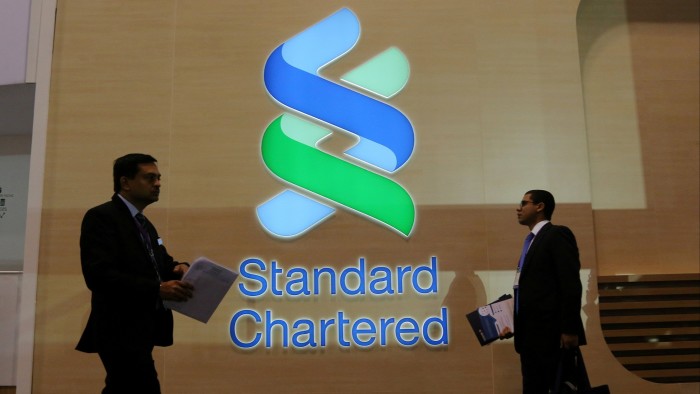Unlock the Editor’s Digest for free
Liquidators who are trying to recoup billions of dollars siphoned initially from Malaysia’s sovereign wealth fund are seeking more than $2.7bn from Standard Chartered, in a lawsuit filed against the UK-headquartered bank over its alleged role in the scandal.
The suit, filed in Singapore on Monday, represents the latest attempt to recover money taken from 1MDB as part of a decade-long hunt that has involved several of the world’s largest banks.
The case against StanChart relates to the billions of dollars that were laundered after being misappropriated from 1MDB. The suit argues the lender failed to conduct the anti-money laundering checks expected of it, according to people with knowledge of the claim.
Singapore’s regulator has already imposed sanctions on StanChart over anti-money laundering failings relating to the case.
The claimants allege that between 2009 and 2013, more than 100 intra-bank transfers were permitted by StanChart, which helped conceal the flow of stolen funds. They argue several red flags were ignored.
In a statement given to the Financial Times, the bank said it had not yet received the claim documents. It said it “emphatically rejects any claims” made by the 1MDB companies, adding that the liquidators had publicly stated they were “shell companies with no legitimate business”.
“Any claims by these companies are without merit and Standard Chartered will vigorously defend any lawsuit commenced by the liquidators,” the bank said. StanChart added that it had made “significant investments” in its anti-money laundering controls and standards.
The plundering of Malaysia’s sovereign wealth fund has gone down as one of the biggest frauds of all time. Investigators in the US allege that at least $4.5bn was stolen from the fund through several schemes masterminded by Malaysian financier Jho Low, who remains at large but maintains his innocence.
The fraud also led to the prosecution of Malaysia’s prime minister at the time, Najib Razak. He was convicted and ultimately sentenced to six years in prison. It also involved several of the biggest banks across the US, Europe and Asia.
Last month, Tim Leissner, the disgraced former Goldman Sachs banker at the heart of the affair, was sentenced to two years in prison by Brooklyn’s federal court.
Liquidators at financial services firm Kroll, which is coordinating the 1MDB recovery efforts, have identified more than $2.7bn that flowed through StanChart accounts, including payments to Najib and purchases of jewellery and luxury goods for his family members, according to people briefed on the lawsuit.
Singapore’s financial system was a key conduit from Malaysia to the rest of the world in the 1MDB scandal. This caused embarrassment to the city-state, which has long prided itself as a hub of stability and rule of law. The affair led to stricter anti-money laundering rules for banks.
In 2016, the Monetary Authority of Singapore fined StanChart S$5.2mn (US$4mn) after an investigation into the fraud uncovered 28 breaches at the bank of the regulator’s anti-money laundering requirements between 2010 and 2013.
“The inspection revealed significant lapses in the bank’s customer due diligence measures and controls for ongoing monitoring, which resulted in numerous breaches of MAS’s AML regulations,” the regulator said at the time.
“The control lapses stemmed from inadequacies in policies and procedures, insufficient independent oversight of front office staff, and a lack of awareness of money laundering risks among some bank staff.”
While the MAS said it did not find wilful misconduct by StanChart, it ordered the bank to take disciplinary action against staff who failed to perform their duties.
StanChart was one of several banks investigated and fined by the MAS over 1MDB. Others included the local branch of Swiss lender UBS and local bank DBS.
Several Singaporean bank executives were jailed and fined over their involvement in the case.
StanChart is fighting a separate £1.5bn London lawsuit over claims that its breaches of sanctions against Iran were more widespread than it has acknowledged. The bank failed in an attempt in March to narrow the claim’s scope.
The bank settled charges over the Iran case in 2019 by agreeing to pay UK and US regulators $1.1bn.

